What you’ll learn:
- Qsymia® is a prescription medication designed to help people lose weight.
- It comes in a once-daily capsule that combines two active ingredients: phentermine and topiramate, in an extended-release form.
- Qsymia can cost anywhere from around $240 to $300 per month, but generic options and savings programs may help lower the price.
While some people can lose weight through diet and exercise alone, sometimes your body needs a little extra support. That’s where weight-loss medications can help. You may have heard a lot about GLP-1s like Wegovy® and Zepbound®, but they aren’t the only option—and they’re not always the right fit for everyone.
If you’re looking for something effective and available in pill form, Qsymia® might be worth considering. It’s a once-daily prescription pill that combines two medications—phentermine and topiramate—to help reduce appetite and support long-term weight loss.
Clinical trials show that people taking the highest dose lost an average of nearly 10% of their body weight, especially when paired with a reduced-calorie diet and increased physical activity.
In this guide, we’ll cover what Qsymia® is, how it works, its potential side effects, and how it compares to other popular weight-loss medications.
What is Qsymia®?
Qsymia® is a prescription weight-loss pill that combines two medications, phentermine and topiramate, to help people lose weight more effectively. Here’s how each one works:
- Phentermine is a stimulant that suppresses appetite. It works by boosting certain brain chemicals like norepinephrine, which can dial down hunger signals and make it easier to eat less throughout the day.
- Topiramate: Originally used to treat seizures and migraines, topiramate has also been shown to support weight loss. Research suggests it may work by influencing the brain’s reward system and appetite-related neurotransmitter, helping you cut down on cravings, lose interest in certain foods, and feel full longer.
When combined in Qsymia®, these two medications create a powerful synergistic effect. This dual-action approach makes their combination more effective than either drug alone. It’s also what makes Qsymia® a useful tool for weight loss, especially when paired with healthy eating and regular physical activity.
How do I take Qsymia®?
Qsymia® is taken once a day, usually in the morning, with or without food. To reduce side effects and find the right dose, Qsymia® is prescribed using a step-up approach.
While higher doses are associated with greater weight loss on average, not everyone needs to reach the maximum. Your doctor will work with you to find the dose that helps you lose steady weight with the fewest side effects.
Here’s how Qsymia is typically increased:
| Dose (phentermine/topiramate) | Schedule | What to know |
|---|---|---|
| 3.75 mg / 23 mg | Weeks 1–2 | This starting dose helps your body adjust to the medication. |
| 7.5 mg / 46 mg | Weeks 3–14 | If the starting dose is well tolerated, you’ll move up to this dose. After 12 weeks, if you haven’t lost at least 3% of your starting weight, your provider may discontinue Qsymia or escalate the dose. |
| 11.25 mg / 69 mg | After week 14 | People who need more weight loss help will move to this dose. They’ll take this dose for 2 weeks to ease into the max dose. |
| 15 mg / 92 mg | After week 14 (if needed) | This is the maximum dose, and people will move up if needed and well tolerated. If you haven’t lost at least 5% of your starting weight at this dose, you will stop taking Qsymia. |
Rx weight loss, the right way, with Noom
Get access to prescription weight loss medication with Noom.How much weight can I lose taking Qsymia®?
In clinical studies, people taking Qsymia® lost an average of 7% to 10% of their body weight over a year.
Here’s how the average weight loss compared by dose:
| Dose | Average percentage of body weight lost |
|---|---|
| Qsymia® 7.5 mg/46 mg | 8% |
| Qsymia® 15/92 mg | 10% |
To get the best results, it’s important to pair the medication with healthy habits. In the clinical trial, people followed a reduced-calorie diet (cutting about 500 calories a day) and received regular lifestyle counseling. That mix of medication and consistent behavior change was key to their success, and it can be for you, too.
What does Qsymia® cost?
A 30-day supply of Qsymia® typically costs between $240 and $300 without insurance on GoodRx. However, pricing can vary depending on your pharmacy, location, and whether you use savings programs or coupons.
For those looking to lower out-of-pocket costs, a generic version, phentermine and topiramate extended-release (ER), may be available and could offer some savings, costing between $200 and $250 for a 30-day supply.
Can you save with manufacturer discounts?
Yes! Qsymia® offers savings programs that can help lower your monthly cost, especially if you’re paying out of pocket or your insurance doesn’t fully cover the medication. Here’s how savings options break down based on your insurance situation:
- With insurance. If your commercial insurance plan covers Qsymia®, you’ll typically just pay your copay or coinsurance. In this case, manufacturer discounts may not be necessary, but it’s still a good idea to check your specific plan and see what your out-of-pocket cost will be.
- When insurance doesn’t cover Qsymia®. If your commercial insurance doesn’t cover Qsymia®, you may be eligible for the Qsymia® Savings Card, which can lower your cost by $70 to $75 per month. Another option is Qsymia® Engage, a direct home delivery program offering a flat rate of $98/month, making ongoing treatment more affordable and predictable.
- When insurance covers some of the cost of Qsymia®, if your insurance only partially covers Qsymia®, and you have a high copay or coinsurance, you might still qualify for the Savings Card to offset some of that cost. The Engage program may also be a helpful alternative if your out-of-pocket expenses remain high even with partial coverage.
Make sure you visit the official Qsymia® website to check current eligibility requirements and see if you qualify for one of their cost-saving options.
Qsymia®: Tips for best weight loss results
When and how you take Qsymia® can play a big role in how well it works and how comfortable you feel while taking it. While the medication is effective on its own, people in clinical trials who also followed a reduced-calorie diet and regular exercise plan lost even more weight.
Here are some tips to help you get the best results and keep side effects to a minimum:
| Tip | Recommendation | Why it helps |
|---|---|---|
| When to take it | Take Qsymia® once daily in the morning. | Helps avoid insomnia, since phentermine can be stimulating if taken too late. |
| With or without food | Take it with or without food. If it upsets your stomach, try it with a light meal. | Flexible dosing helps with comfort and improves consistency. |
| Reducing side effects | If side effects like dry mouth or jitteriness occur, talk to your doctor about slower titration or staying at a lower dose. | Adjusting the timing or pacing of dose increases can reduce discomfort. |
Qsymia®: Side effects and safety
Most of the side effects of Qsymia are mild and manageable, especially early on, but in rare cases, more serious reactions can occur.
Common side effects
Most of the side effects of Qsymia are related to how the drug impacts your appetite, metabolism, and brain chemistry.
- Tingling or numbness (paraesthesia) in your hands, feet, or face is a common effect of topiramate, one of the active ingredients. It changes how nerve signals are fired, which can sometimes cause those “pins and needles” sensations.
- Dry mouth happens because phentermine is a stimulant, which can reduce saliva production. Drinking more water can help.
- Constipation is also pretty typical with medications that reduce appetite. When you’re eating less, especially less fiber, your digestion can slow down.
Dizziness can be related to both the stimulant effects of phentermine and how topiramate influences the nervous system. - Trouble sleeping (insomnia) is linked to phentermine’s stimulant effect. Taking Qsymia in the morning helps reduce this risk.
- Changes in taste (dysgeusia)—like food tasting “off” or even losing your sense of taste—come from how topiramate alters nerve signaling.
- Low blood sugar (in people with diabetes): If you have diabetes and are taking insulin or other glucose-lowering medications, Qsymia® may increase the risk of hypoglycemia, mainly because you might be eating less and your medication doses aren’t adjusted to match. Symptoms include shakiness, sweating, lightheadedness, blurred vision, and confusion.
- Low blood pressure (in people taking antihypertensives): Report any lightheadedness, dizziness, fatigue, blurred vision, or fainting to your provider. While Qsymia® itself doesn’t directly lower blood pressure, losing weight can lead to a natural drop in blood pressure, so your doses may need to be adjusted if you’re on medication.
Serious side effects and warnings
While uncommon, if you experience signs of the following severe side effects, contact your healthcare provider or get immediate medical attention.
- Mood and behavior changes: If you experience anxiety, increased irritability, extreme impulsivity or aggression, or suicidal thoughts, get immediate medical attention.
- Thinking and speech difficulties: If you have difficulty concentrating, slowed thinking, short-term memory issues, or trouble finding words, speak with your healthcare provider about adjusting your dose.
- Metabolic acidosis: Be alert for symptoms like rapid or deep breathing, confusion, tiredness, irregular heartbeat, or nausea.
- Kidney issues: Watch out for signs such as sharp pain in the lower back or sides, painful urination, cloudy or bloody urine, or nausea and vomiting
- Seizures: Stopping Qsymia® too suddenly, particularly after taking higher doses, can raise your risk of seizures. This is more likely in people with a history of epilepsy or other seizure disorders.
- Decreased sweating and fever: Report fever, flushing, or overheating to your doctor.
- Allergic and skin reactions: Warning signs include a widespread rash, itching, hives, swelling (especially of the face or throat), and difficulty breathing. If you notice any of these symptoms, seek medical care right away.
Always check in with your provider if something feels off. They can help adjust your dose or explore other options if needed.
Who shouldn’t take Qsymia®?
Qsymia isn’t right for everyone.
Some people should avoid Qsymia due to safety concerns, including those who:
- Are pregnant or planning to become pregnant
- Have a history of glaucoma or hyperthyroidism
- Are taking MAOIs
- Are allergic to phentermine, topiramate, or ingredients in Qsymia®
If you have any of the following conditions, make sure to discuss them with your doctor before taking Qsymia®:
- Heart conditions or arrhythmias
- A history of depression or other mental health diagnoses
- Kidney or liver disease
- Use alcohol frequently or multiple medications
Always talk to your doctor to weigh the risks and benefits based on your medical history.
Weight loss: Qsymia® vs. other medications
If you’re exploring options for weight loss medication, you might be wondering how Qsymia® stacks up against others on the market. While individual results can vary, looking at average weight loss across clinical trials can give you a helpful starting point.
Below, we’ll compare Qsymia® to several GLP-1 receptor agonists like Wegovy®, Zepbound®, and Saxenda®, so you can see how much weight people typically lose with each and help you get a clearer picture of what to expect:
| Medication | How you take it | Study length | Average weight loss |
|---|---|---|---|
| Phentermine/topiramate ER – Qsymia – 15 mg / 92 mg (daily) | Daily pill | 56 weeks | 10% |
| Semaglutide – Wegovy – 2.4 mg | Weekly injection | 68 weeks | 15% |
| Tirzepatide – Zepbound – 15 mg | Weekly injection | 72 weeks | 21% |
| Liraglutide – 3 mg – Saxenda | Daily injection | 56 weeks | 6% |
| Contrave | Daily pill | 56 weeks | 12% |
| Metformin (off-label) | Daily pill | 26 weeks | 7% |
Frequently asked questions about Qsymia®
Can I drink alcohol while taking Qsymia®?
It’s best to avoid or limit alcohol while taking Qsymia®. Combining these two could make you feel dizzy or drowsy.
What happens if I miss a dose of Qsymia®?
It’s a good idea to take Qsymia® at the same time each morning to help you remember. If you do miss a dose, take your next dose the following morning. Don’t take an extra dose to “catch up,” as this won’t help and could increase your chances of side effects.
How long can you safely take Qsymia®?
You can safely take Qsymia® long-term, as long as it’s working for you and you’re tolerating it well. It’s designed for ongoing use as part of a chronic weight management plan, alongside a reduced-calorie diet and regular exercise. Clinical studies support its use for several months to over two years, with regular check-ins.
Can you stop taking Qsymia® abruptly?
It’s important not to stop Qsymia® suddenly, especially if you’re on a higher dose. Stopping abruptly can increase your risk of seizures and other withdrawal symptoms. If you and your doctor decide it’s time to stop Qsymia®, they will help you gradually taper off the medication to keep you safe.
What kind of diet and exercise plan works best with Qsymia®?
Qsymia® is most effective when used alongside a balanced, reduced-calorie diet and regular physical activity. Drink plenty of water to support kidney health, as Qsymia® (specifically topiramate) may increase the risk of kidney stones.
The bottom line: Is Qsymia® right for you?
Qsymia® may be a good option if you’re looking for extra support beyond diet and exercise to help manage your weight. When combined with healthy lifestyle changes, it can help reduce appetite, support long-term weight loss, and improve related health conditions. Everyone’s experience is different, but learning how Qsymia® works and what to expect can help you make an informed, confident decision.
The best way to find out if it’s right for you is to talk with your healthcare provider. They can assess your goals, medical history, and any potential risks to see if Qsymia® fits your plan. If you want to explore whether weight loss medications are right for you, see if you qualify for Noom Med. Our clinicians can assess your eligibility and prescribe the right medication for you if needed. Plus, you’ll get access to all of Noom’s tools and trackers to help you build a plan that works.
Why you can trust us
At Noom, we’re committed to providing health information that’s grounded in reliable science and expert review. Our content is created with the support of qualified professionals and based on well-established research from trusted medical and scientific organizations. Learn more about the experts behind our content on our Health Expert Team page.



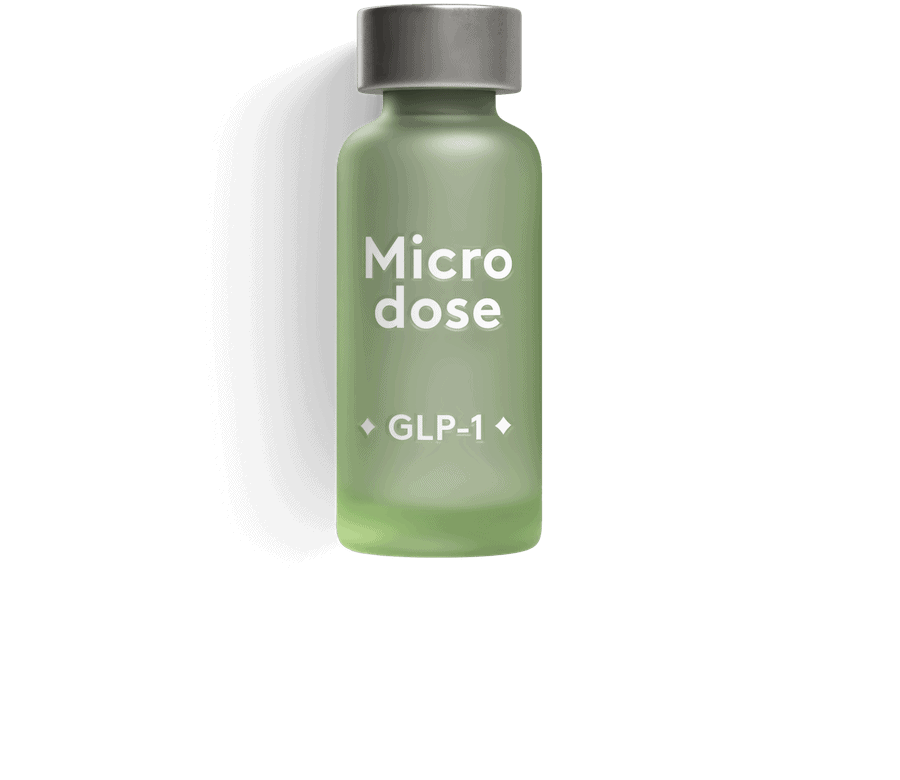
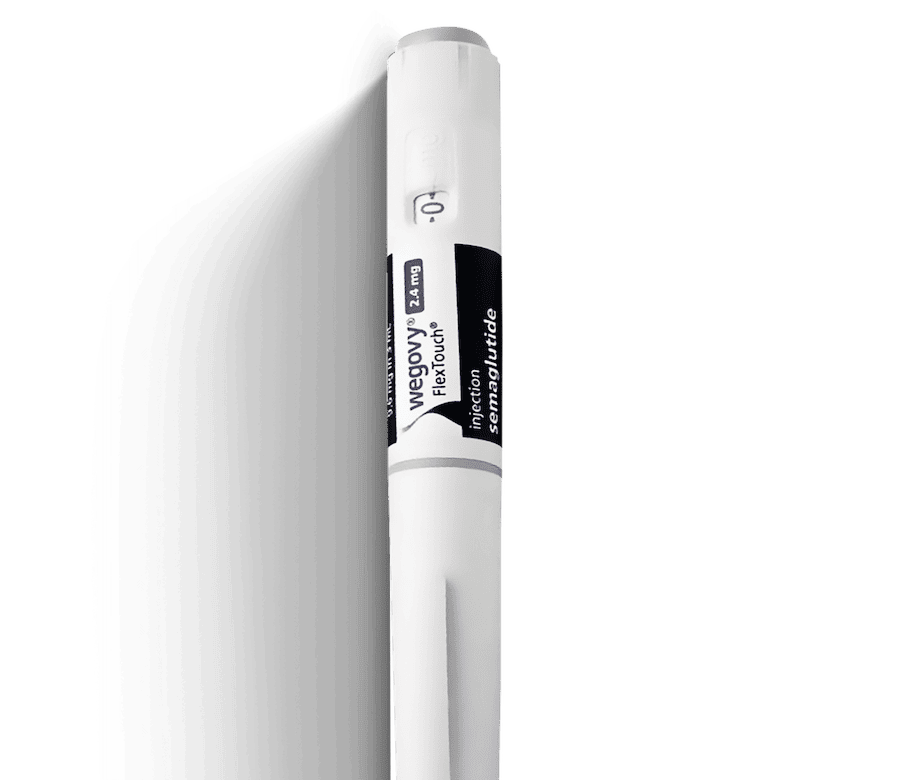
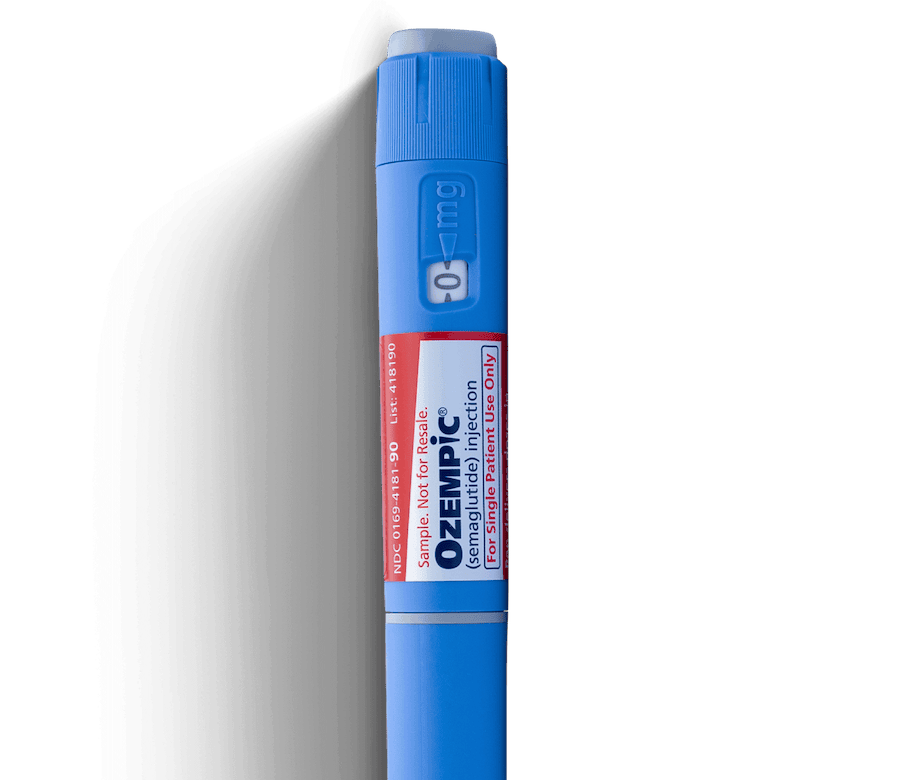


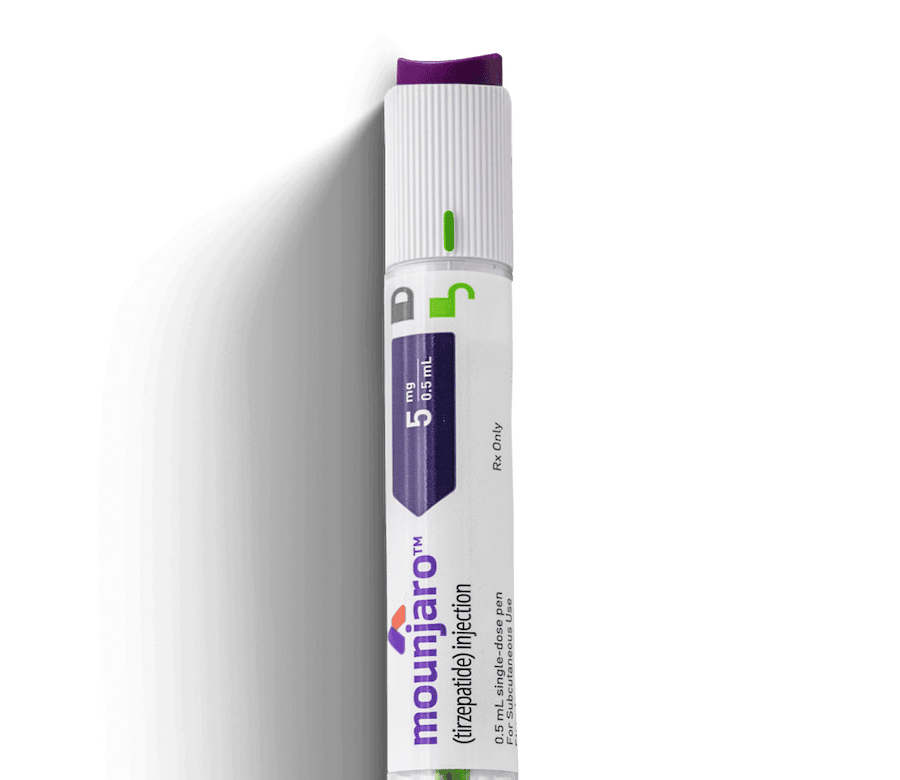
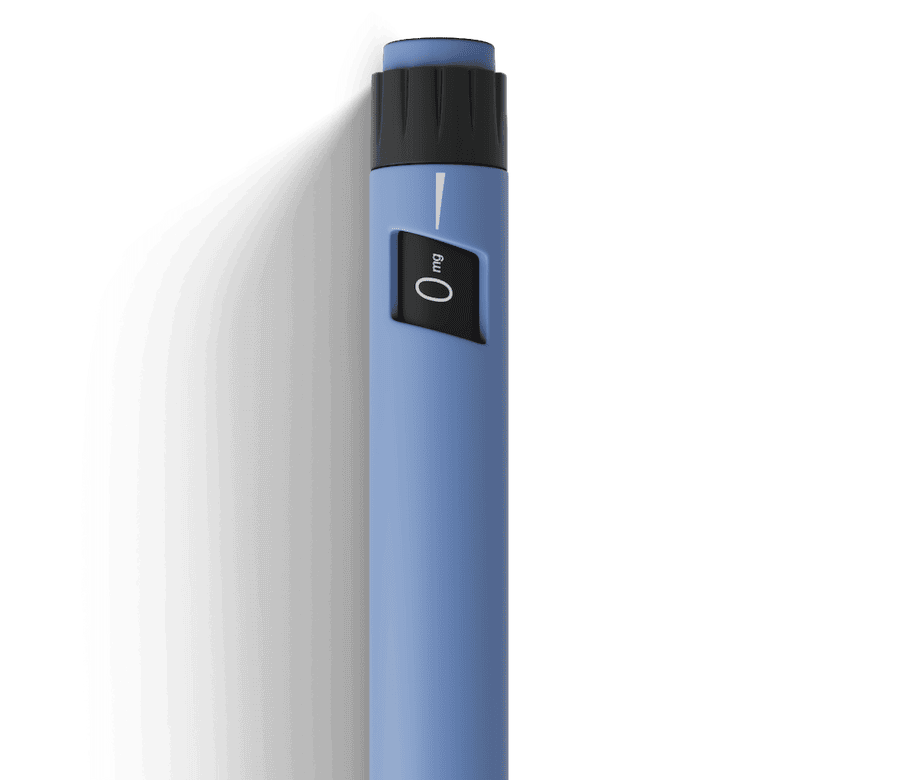
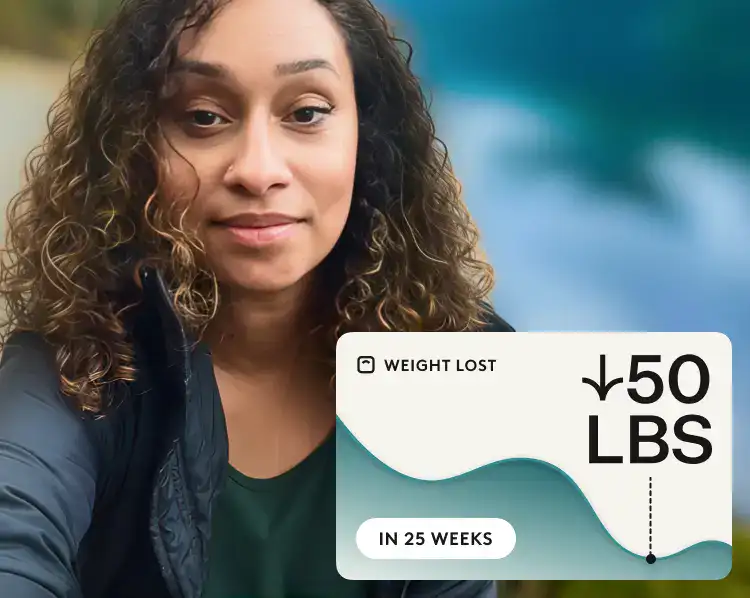
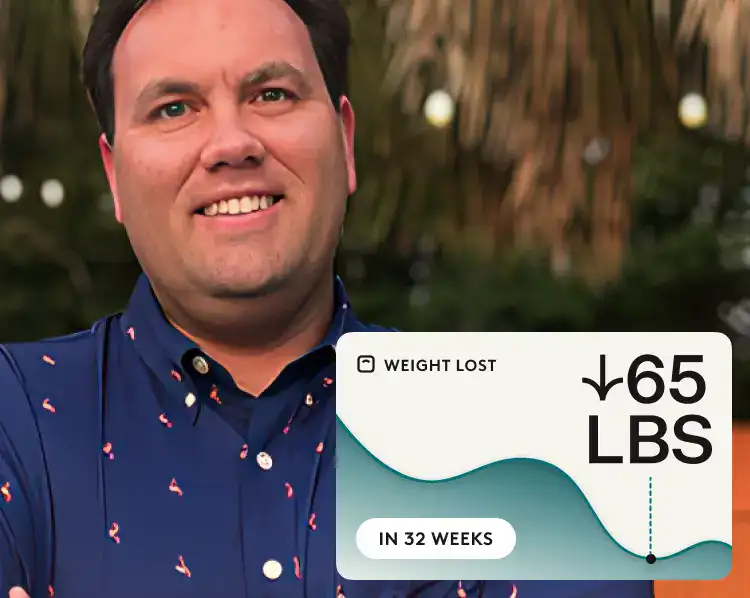
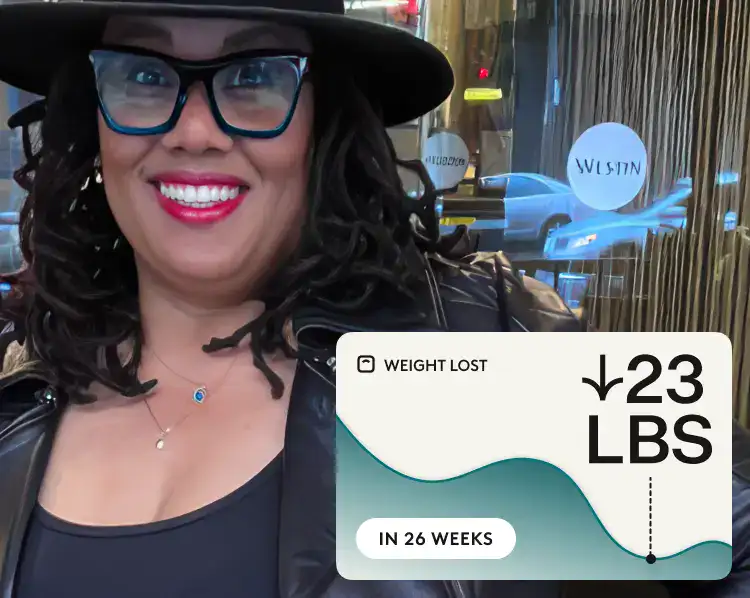
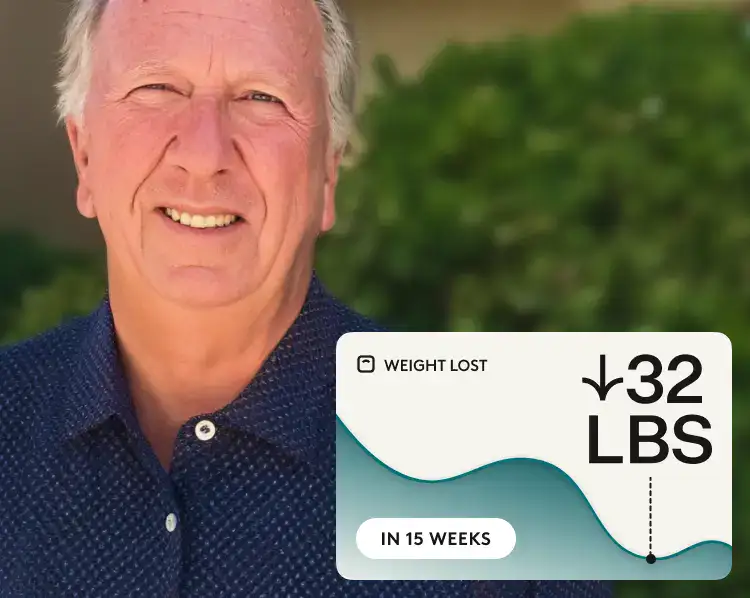
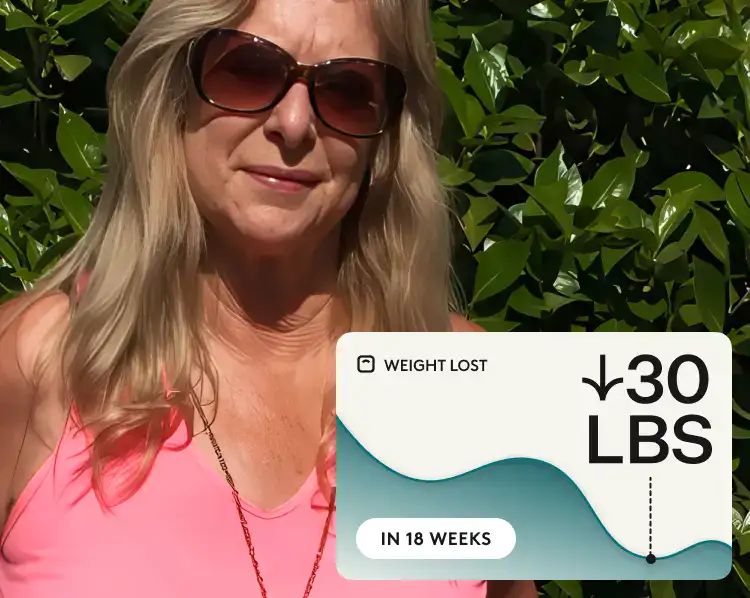
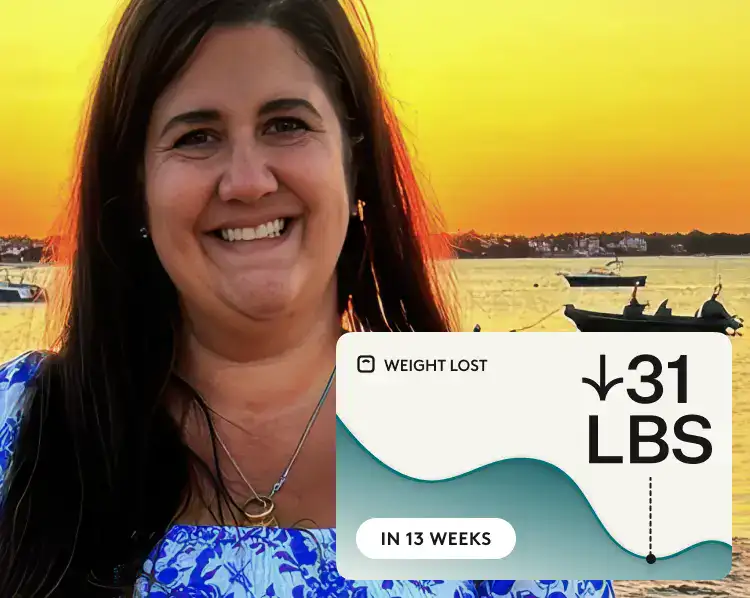
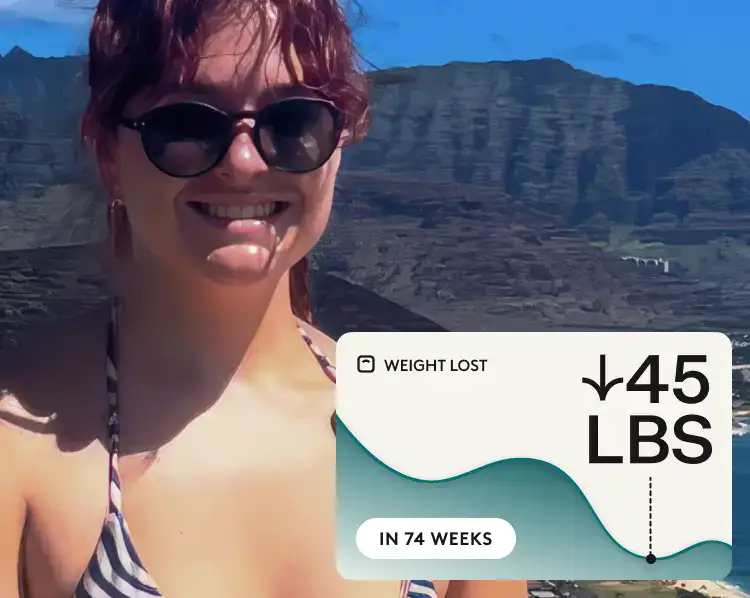
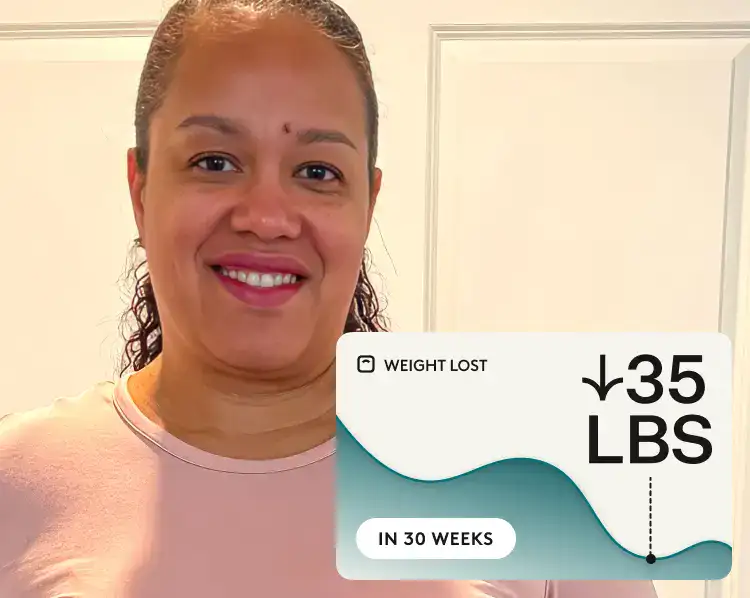
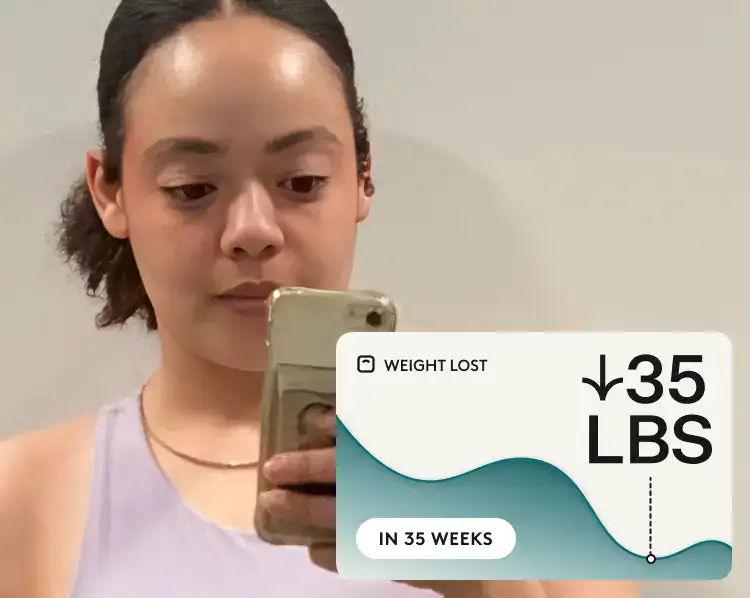
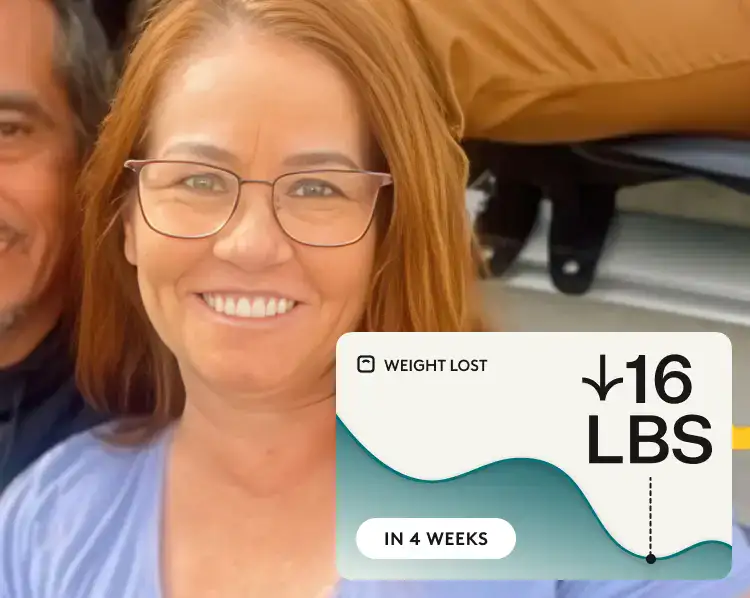


 Noom Team
Noom Team
 Shoshana Fishbein
Shoshana Fishbein



